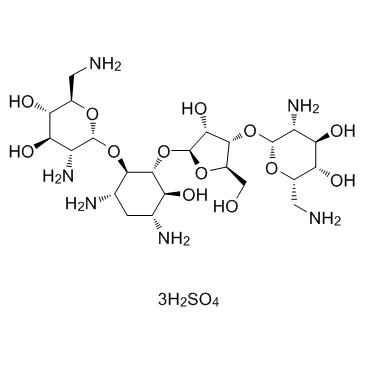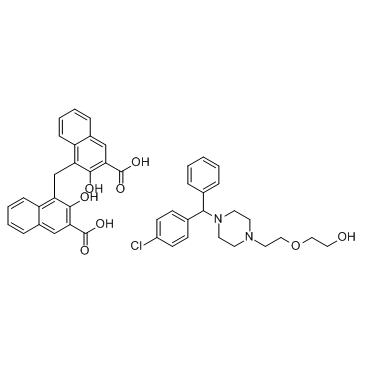| Structure | Name/CAS No. | Articles |
|---|---|---|
 |
Neomycin sulfate
CAS:1405-10-3 |
|
 |
Hydroxyzine dihydrochloride
CAS:2192-20-3 |
|
 |
Hydroxyzine (pamoate)
CAS:10246-75-0 |